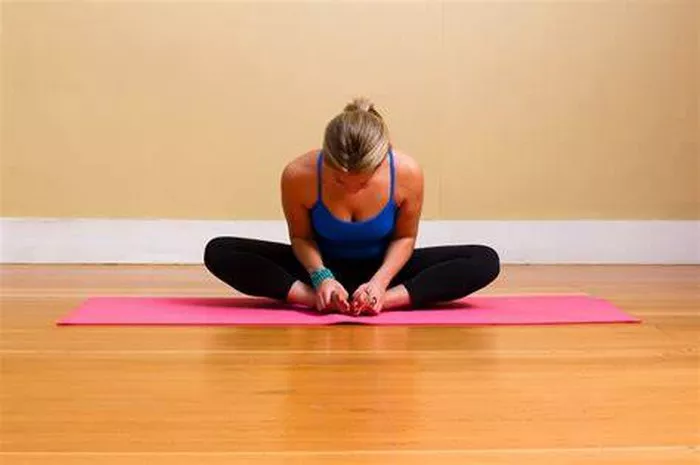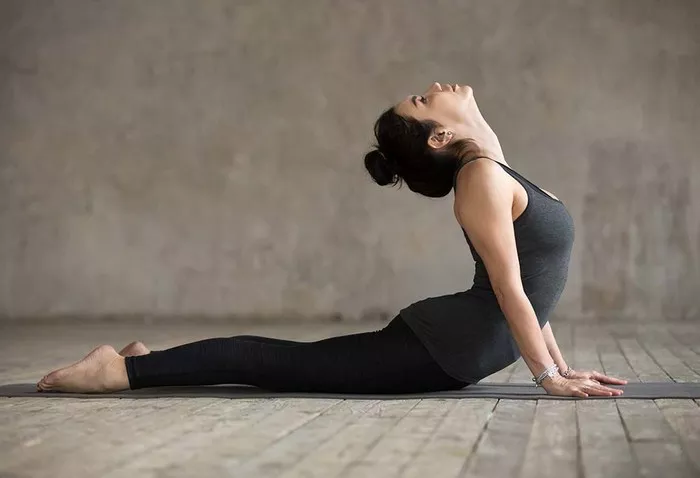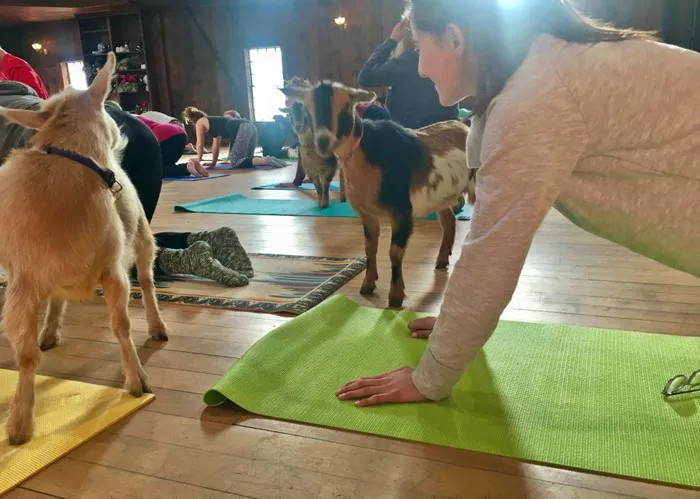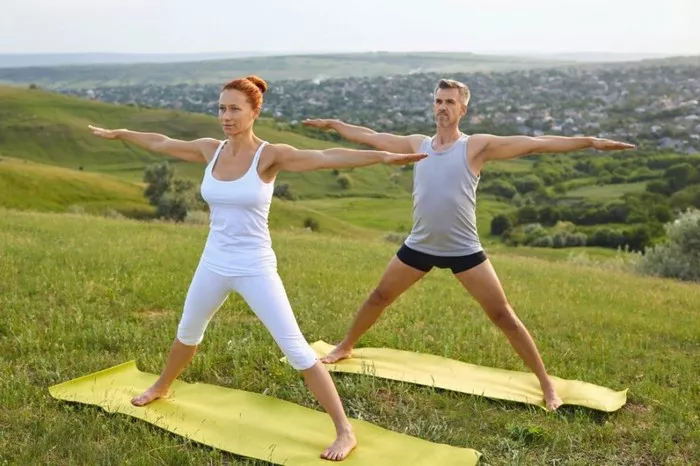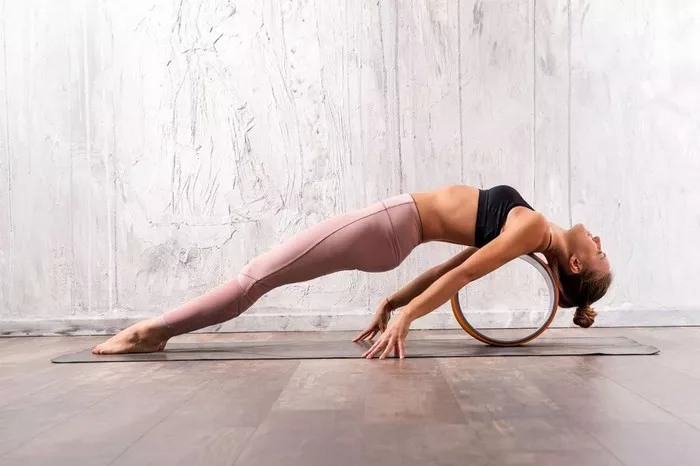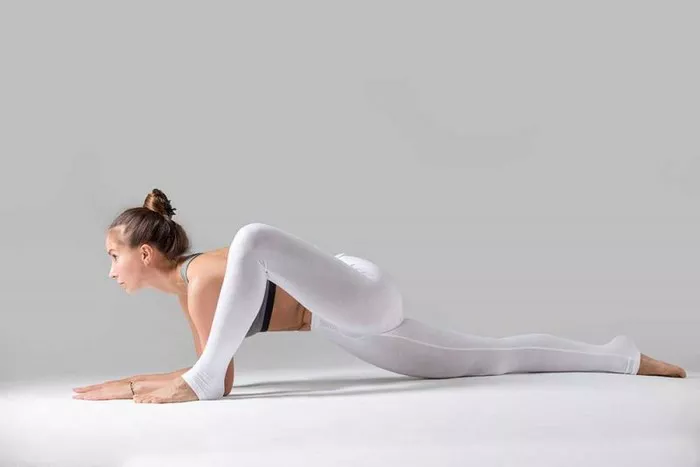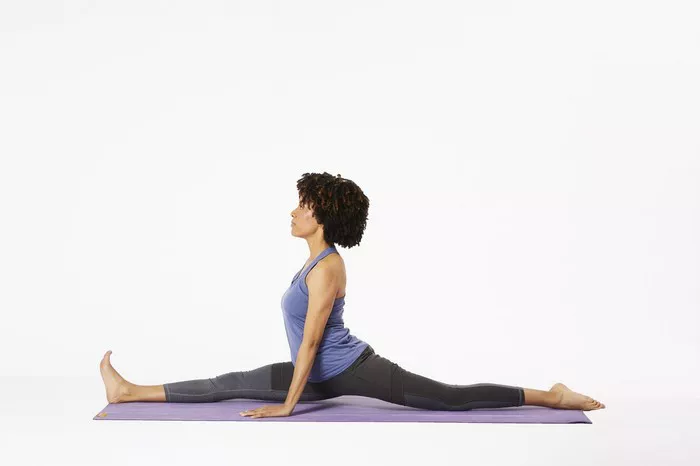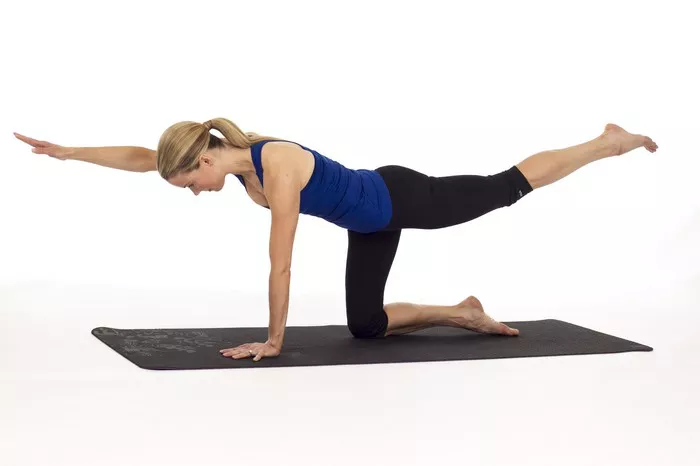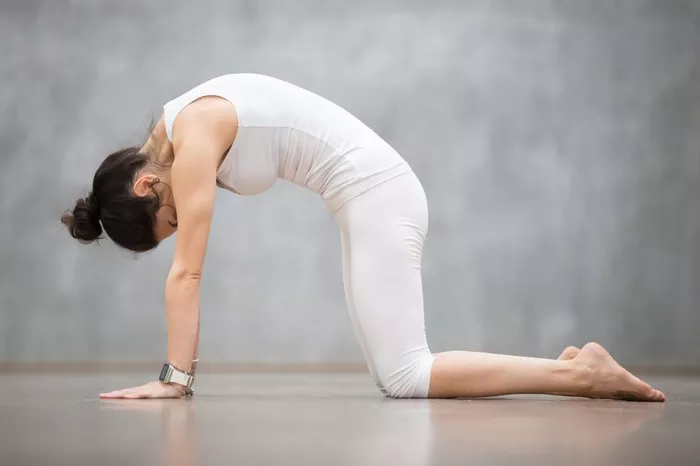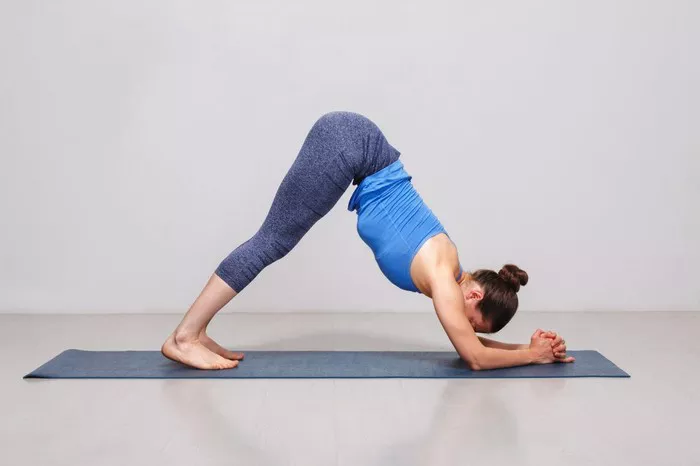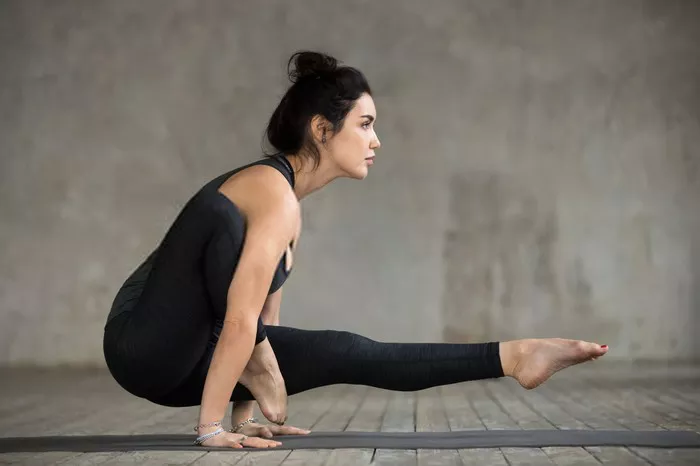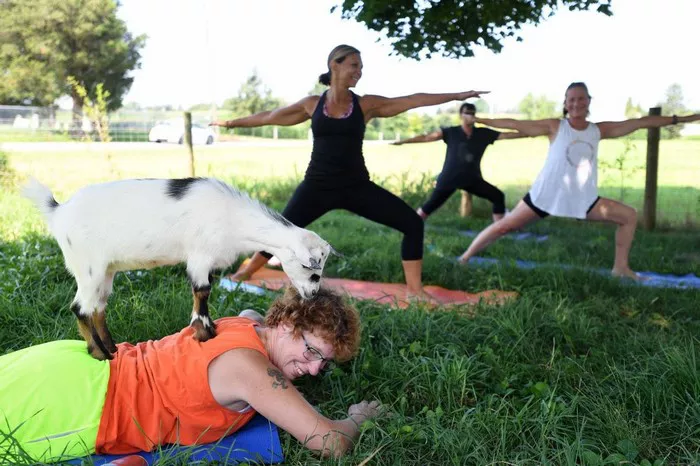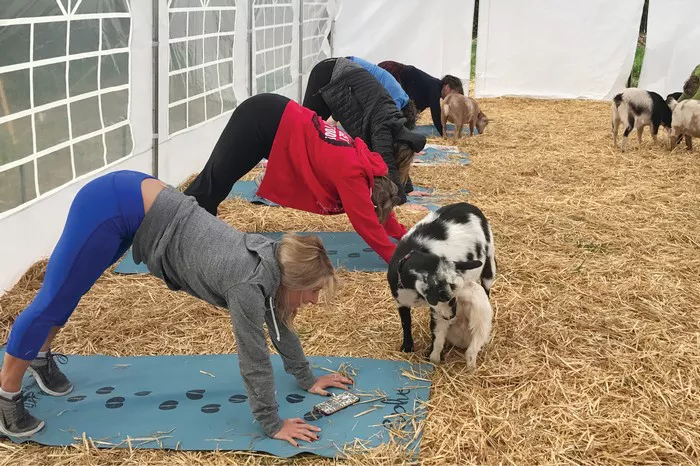The Happy Baby Pose, or Ananda Balasana in Sanskrit, is a foundational yoga posture that brings a sense of release and joy. Often incorporated into the cool-down or relaxation phase of a yoga session, this pose is popular for its simplicity and effectiveness. Despite its playful name, Happy Baby Pose has serious benefits for both the body and mind. It helps in opening the hips, stretching the inner thighs and lower back, and promoting relaxation through deep breathing.
Beginners often find this pose to be an approachable gateway into the world of yoga. With just a yoga mat and a bit of open space, almost anyone can attempt it. This guide will walk you through everything you need to know to perform the Happy Baby Pose safely and effectively, while maximizing its benefits.
Benefits of the Happy Baby Pose
Happy Baby Pose offers numerous physical and mental benefits. By gently stretching the hips, groin, and lower back, this pose helps release built-up tension in areas that commonly store stress. Over time, practicing Ananda Balasana can improve hip flexibility and spinal alignment, making it especially beneficial for those who spend a lot of time sitting or working at a desk.
Mentally, the pose encourages mindfulness and deep breathing, both of which are key components of stress relief. Practicing Happy Baby Pose regularly can improve your mood and help reduce symptoms of anxiety and mild depression. For those with sleep disturbances, incorporating this pose into a nightly routine can assist in calming the nervous system and preparing the body for rest.
Precautions and Contraindications
Although the Happy Baby Pose is generally safe, it is important to be mindful of certain precautions. Individuals with knee injuries, sacroiliac joint issues, or severe lower back problems should consult a healthcare provider or a certified yoga instructor before attempting the pose. If you are pregnant, modifications are necessary to avoid excessive abdominal pressure.
Always listen to your body and avoid pushing beyond your comfort zone. If you experience pain—as opposed to a gentle stretch or slight discomfort—ease out of the pose. Using yoga props like blankets, straps, or cushions can make the pose more accessible and comfortable, particularly for beginners or those with limited flexibility.
Step-by-Step Guide to Performing Happy Baby Pose
Follow these steps to ensure proper alignment and safety while performing the Happy Baby Pose:
- Begin by lying flat on your back on a yoga mat. Take a few deep breaths to center yourself and relax your body.
- Bend your knees and draw them towards your chest. Keep your spine neutral and ensure your lower back stays connected to the mat.
- Open your knees wider than your torso and bring them towards your armpits. Keep your ankles directly above your knees to create a 90-degree angle in your legs.
- Reach up and grab the outer edges of your feet. If you cannot reach your feet, use a yoga strap around each foot or hold onto your shins or thighs.
- Gently pull your feet down while pressing them up into your hands. This creates a balance of effort and resistance, deepening the stretch.
- Keep your head and neck relaxed. Your spine should remain in a neutral position without arching excessively.
- Breathe deeply and hold the pose for 30 seconds to one minute. Focus on slow, steady breathing and releasing tension with each exhale.
Modifications and Variations
Happy Baby Pose can be adjusted to accommodate different body types, flexibility levels, and needs. Here are some modifications and variations to consider:
- Using a Strap: If you can’t reach your feet comfortably, loop a yoga strap around each foot. Hold the ends of the straps instead of your feet.
- Support Under the Head: If your neck feels strained, place a folded blanket under your head to maintain alignment and comfort.
- Wall Support: Perform the pose with your legs against a wall for added support and to help guide proper alignment.
- Rocking Motion: Gently rock side to side while in the pose to massage your spine and increase relaxation.
These modifications can make the pose more comfortable and enjoyable, especially for beginners or those recovering from injury.
Common Mistakes to Avoid
Practicing Happy Baby Pose with improper technique can reduce its effectiveness or even lead to discomfort. Here are common mistakes to watch for:
- Lifting the head and neck: This can strain your cervical spine. Always keep your head relaxed and on the mat.
- Arching the lower back: Keep the spine in a neutral position to avoid unnecessary strain on the back.
- Holding breath: Breathing deeply is essential. Holding your breath can increase tension and reduce the calming effects of the pose.
- Forcing the knees down: Forcing your body into a deeper stretch than it can handle can lead to injury. Let gravity assist and ease into the position.
Awareness and mindful adjustments can go a long way in enhancing the quality of your practice and preventing injury.
Incorporating Happy Baby into Your Routine
Integrating the Happy Baby Pose into your daily or weekly routine can be simple and rewarding. Here are some suggestions:
- At the end of a workout or yoga session: Use Happy Baby to cool down and stretch the lower body.
- As part of a bedtime routine: Doing the pose before bed can help relax your body and mind, promoting better sleep.
- During meditation or mindfulness practice: Combine the pose with deep breathing or guided meditation for enhanced relaxation.
- To relieve lower back tension: Use it as a go-to stretch after long periods of sitting or standing.
By making the Happy Baby Pose a consistent part of your routine, you can gradually experience its long-term physical and emotional benefits.
Breathing Techniques to Enhance the Pose
Breath awareness is crucial in maximizing the benefits of Happy Baby Pose. Coordinating your breath with movement and relaxation can deepen the stretch and support mental calm.
- Inhale deeply through your nose, expanding your belly and chest.
- Exhale slowly, focusing on releasing any tension in your hips and back.
- Use ujjayi breathing (a slight constriction in the back of the throat) for a calming effect and to build internal heat.
- Sync breath with micro-movements like gently rocking or adjusting your grip to stay present and aware.
Practicing controlled breathing while in the pose helps engage the parasympathetic nervous system, enhancing relaxation and reducing stress.
Happy Baby Pose for Different Age Groups
Happy Baby Pose is a versatile posture that can be adapted for various age groups, from children to seniors.
- Children: Kids naturally enjoy this playful pose. It helps improve flexibility and body awareness without needing formal instruction.
- Adults: For working professionals and busy parents, Happy Baby offers a simple way to decompress and alleviate stress after a long day.
- Seniors: With modifications like using straps or bolsters, older adults can safely perform the pose to maintain hip mobility and reduce joint stiffness.
The universal appeal and adaptability of Happy Baby Pose make it a great addition to any wellness regimen, regardless of age or fitness level.
The Science Behind the Pose
Physiologically, Happy Baby Pose works by elongating the spine and decompressing the sacroiliac joints. The gentle traction created by pulling the feet down while keeping the spine neutral helps improve spinal health. The hip-opening aspect stretches the adductor muscles and increases joint mobility.
From a psychological standpoint, the pose encourages the practitioner to let go of external tension and focus inward. This meditative state can activate the parasympathetic nervous system, which promotes relaxation and recovery. The combination of physical stretch and mental calm is what makes Happy Baby a favorite among both yoga novices and seasoned practitioners.
Conclusion
The Happy Baby Pose is more than just a whimsical addition to your yoga practice. It is a deeply restorative posture that nurtures both the body and mind. By following proper technique, incorporating appropriate modifications, and focusing on your breath, you can unlock the full range of benefits this pose offers. Whether you’re a beginner looking to explore yoga or an experienced practitioner seeking balance, Happy Baby Pose deserves a place in your routine.
By practicing with consistency and mindfulness, you’ll notice increased flexibility, reduced stress, and a greater sense of well-being. It’s a small investment of time that yields significant rewards for your physical and emotional health.
FAQs
Q1: How long should I hold the Happy Baby Pose?
A: Start with 30 seconds and gradually increase up to one minute. The key is to maintain deep, even breathing and avoid straining.
Q2: Can I do Happy Baby Pose every day?
A: Yes, it’s safe to do daily, especially when incorporated into a stretching or relaxation routine. Just listen to your body and avoid overexertion.
Q3: What if I can’t reach my feet?
A: Use yoga straps around your feet or hold your shins or thighs instead. The goal is to experience a gentle stretch, not to force the position.
Q4: Is Happy Baby Pose safe during pregnancy?
A: It can be, with modifications. Always consult a healthcare provider before practicing yoga during pregnancy.
Q5: Can children practice this pose?
A: Absolutely! It’s a natural movement for kids and can be a fun, healthy activity that supports flexibility and body awareness.
Related Topics:

